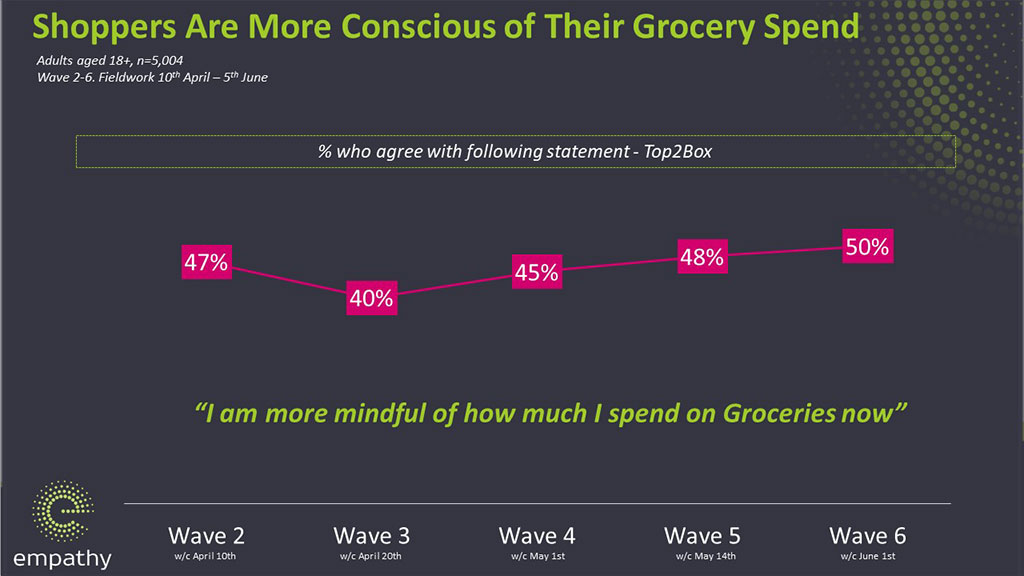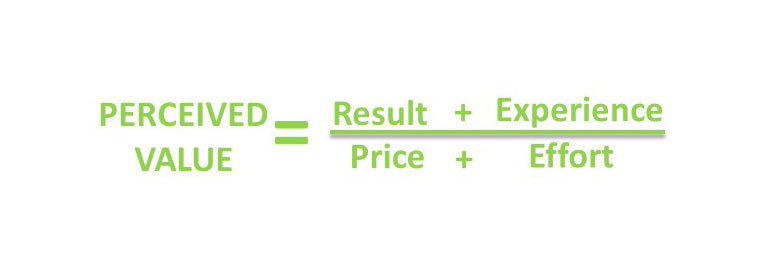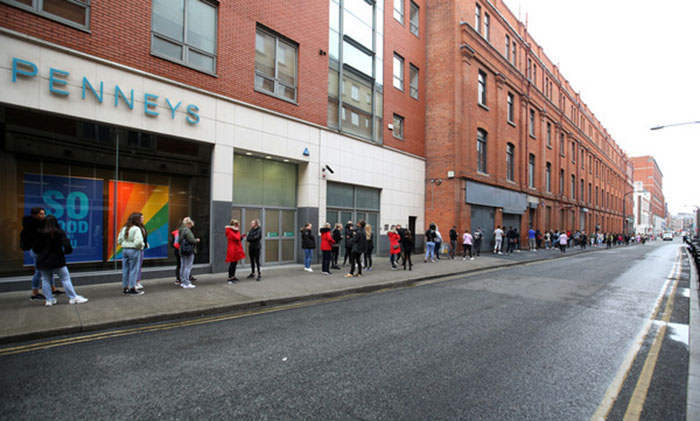
With a recession looming, Stephen Rust of Empathy offers some advice to businesses and brands on how to stay on the correct side of the new value equation.
As Ireland goes through its journey of re-opening after COVID-19, it is obvious that there is going to be some level of recession. This in turn will lead to a re-assessment by many as to what will now be perceived as ‘Good Value For Money’. This will have obvious implications for most industries, and the careful management of this value re-assessment will be the difference between brand growth or contraction over the coming months and years.
Known Unknowns
All metrics point to a recession. For instance, the ESRI projects the Irish economy to contract by over -12.4% in 2020. Additionally, unemployment is currently at 26.1% in May and is projected to land in the late teens later this year – still a long way from the near record low of 4.7% earlier this year. While the KBC Consumer Confidence Index fell from 85.2 in February to 42.6 in April, recovering somewhat to 52.3 in May.
What we don’t know at this stage though is whether we are going to have a V, U, W or L shaped recovery. However, either way people are going to start re-assessing the value of what they buy from, groceries, insurances, telecommunications, clothing, cars, subscription services and even the stores they choose to shop in.
We’ve already begun to see this re-assessment of value in our Empathy COVID-19 Behaviour Tracker which shows the level of mindfulness people have on their grocery spend is increasing week-on-week since mid-April to the start of June – with the expectation that this will continue to rise as Government COVID support schemes and loan moratoriums come to an end.

The Value Equation
While there are nuances in the definitions of the value equation depending on if someone is buying a service or product, it typically entails the following calculation of factors:
 Perceived Value – the combination of the end result plus the experience divided by the price it costs and the effort to buy
Perceived Value – the combination of the end result plus the experience divided by the price it costs and the effort to buy
Result – do people perceive the product or service will deliver the intended end result
Experience – do people believe they will get the experience as positioned by the brand they are considering to buy
Price – the actual amount to pay for the product or service
Effort – how much effort was exerted in order to buy and pay for the product or service
The Re-assessment

The most recent example of the value equation being reassessed was the influx of people queueing along streets last weekend as clothing stores re-opened. In this case it was perceived worthwhile for some shoppers to go the great efforts to buy everyday clothing essentials at a good price. Many of these items could have been purchased online (in most instances) and through other means which would have meant not spending long-times queuing patiently at the store, but the effort was seen as worthwhile for the prices, and the experience of physically shopping these brands of stores, and finding a great deal again.
Now as we enter a recession people are going to be continuously ask themselves (consciously and/or subconsciously) four questions:
- How much do I have available to spend?
- Is this purchase a necessity or treat?
- Is this the best deal I can get?
- What do I need to sacrifice/trade-off for this?
So What Does this Mean for Business and Brands
Ensuring your brand stays on the correct side of the value equation versus the competitive set will become the ongoing challenge for all businesses post COVID-19. From analysis of previous recessions, and from Empathy’s ongoing COVID-19 research, we believe there are 6 fundamental actions that will need to be taken to keep pace in a changing world:
- Keep your Ear to the Ground
In their article ‘How to Market in a Downturn ‘, the Harvard Business Review stated;
“It’s critical to track how customers reassess priorities, reallocate funds, switch brands, and redefine value.”
If we don’t know what consumers perceive as good value for money relevant to the competitive set, we are risking valuable resource and time with any decision or activity conducted. Waiting to see if sales went up or down is often too late. For instance, we know from our tracking data the percentage of workers in Ireland who intend to work from home more post-COVID has gone from 43% to 63% in the last 4 weeks. This increasing level of intention has knock on effects of how valuable people now perceive different products and services. Transport services, take-away coffees and lunches will now be of less value to them, while at home products and services are now becoming more pertinent to their daily living.
- Review your Consumer Segmentation
Ultimately brands and business need to ask themselves is their pre-COVID-19 consumer segmentation and targeting still fit for purpose? Having a relevant segmentation and understanding of target customers will help ensure the brand proposition, range, prices, communications etc. are still relevant and on point.
- Place your Bets and Clear Complexities
Identifying where to invest and divest appropriately will be fundamental in optimising any future growth and reducing complexity. Entire portfolios of brands, services and ranges need to be assessed in terms of both their current profit contribution, and future potential based on what is perceived as good value by consumers going forward. Identifying what are the big bet brands to invest and drive, versus those that will be harvested, divested or culled will be imperative to ensure money, focus and time is not spread too thin to have an optimum return.
- Give Good Value but Stick to Core Proposition
Re-engineering fundamentals such as price, promotion, product or packaging to ensure brands are still affordable against the competitive set may be necessary to survive. However, it must be balanced with, and should not contradict, the brand proposition. For a simplified example, if we take a brand like Cadbury Creme Egg, it’s value proposition during a recession would be about giving people pleasure, release and fun, so not the time to suddenly solely just emphasise no frill low prices. Without sticking to the brand’s core proposition and just talking lowest price would lead to a race to the bottom of the cheapest wins and would not be the experience consumers wanted.
- Reduce Effort for Shoppers
A key factor in the value equation for shoppers is helping to make the purchase process more effortless. We have witnessed a step-change in online grocery shopping in recent months, coupled with increased angst in doing a grocery shop in-store. Many brands and services can thrive in recession times without drastic re-adjustments by focusing on making the purchase journey more effortless for shoppers.
- Don’t go Quite – Communicate Efficiently
Reminding consumers about the value a brand offers will be fundamental now, but the creative content and mix of media used along the path to purchase will need to be planned on a case-by-case basis to ensure the return on marketing investment is optimised.
To sum up, there will be significant changes in people’s perception of what is now good value. It will be the understanding of consumers needs and priorities, clarity of strategy and brand proposition, coupled with the careful management of any changes to remain ‘Good Value for Money’ that will make the difference between brands thriving or contracting in the prevailing economic headwinds.
Stephen Rust is Managing Director of Empathy Connects – Empathy’s Shopper Research Unit






















